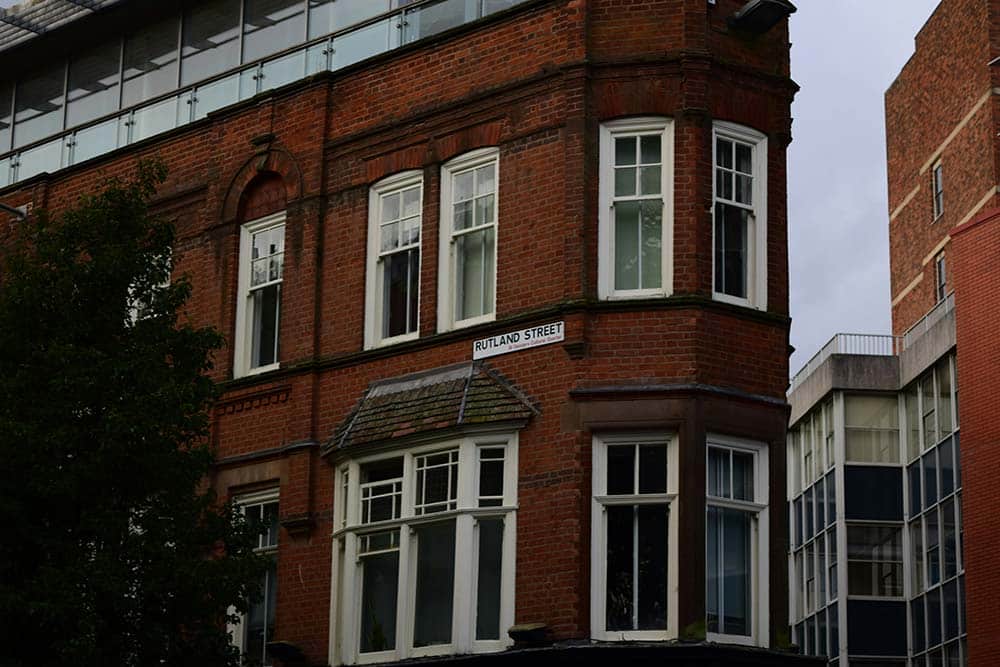Leicester Property Market 2024
The Leicester property market is changing and dynamic, it follows the UK property market but has its own local nuances. As one of the largest cities in the East Midlands, Leicester is a hotbed of culture, economy and academia. This article looks at the different aspects of the Leicester property market, current trends, demand and supply, investment opportunities and future outlook.
1. Leicester Market Overview
Leicester has seen significant growth over the last decade. The city’s property market is boosted by its location, diverse economy and a steady flow of students and professionals. Leicester is home to two major universities – the University of Leicester and De Montfort University – which attract students from across the UK and around the world and help to fuel the city’s rental market.
2. Current Trends
a. House Prices and Rental Rates
House prices in Leicester have held up well against the economic uncertainty of Brexit and the COVID-19 pandemic. As of mid 2023 the average house price in Leicester is around £250,000, but this varies by area. Clarendon Park and Oadby are the most popular suburbs and house prices can exceed £300,000 for family homes. Highfields and Beaumont Leys are more affordable and are popular with first time buyers and investors.
Rental rates are also on the rise, driven by student and young professional demand. The average monthly rent for a one bed apartment in the city centre is around £750 and a three bed house in the suburbs can reach £1,200.
b. Supply and Demand
Demand for housing in Leicester is strong, driven by population growth and urban regeneration projects. However supply is constrained, particularly in the popular areas and that’s driving up prices. New developments such as Waterside and the regeneration of Leicester’s former industrial areas are helping to alleviate some of this pressure by providing a mix of residential, commercial and recreational space.
c. COVID-19
The COVID-19 pandemic slowed the market initially due to lockdowns and economic uncertainty. However the market has since bounced back and there’s been increased interest in the suburbs and rural areas as people look for more space and flexibility for working from home. This has benefited the areas on the outskirts of Leicester where larger homes with gardens are more common.
3. Market Influencers
a. Economic
Leicester’s economy is diverse with strong sectors in education, healthcare, manufacturing and retail. The city’s location, with excellent transport links to London and other major cities, makes it attractive to businesses and commuters alike. Economic stability and job opportunities are key drivers of the property market and impact on affordability and demand.
b. Demographics
Leicester’s population is young and growing, students and young professionals make up a large proportion of the city’s population. This demographic trend supports a strong rental market with continuous demand for apartments and shared housing. Leicester’s multicultural population adds to the city’s vibrancy and appeal as a place to live.
c. Government
Government policies such as stamp duty holidays and Help to Buy schemes have helped the housing market. Local government initiatives on urban regeneration and infrastructure development also shape the property landscape.
4. Investment
Leicester has many investment opportunities, from buy-to-let properties for students to new developments in emerging areas. Key investment areas are:
- City Centre Apartments: High demand from students and young professionals means steady rental income.
- Suburban Family Homes: Knighton, Stoneygate and Oadby have attractive family homes with good schools and amenities.
- Regeneration Projects: Investing in properties in regeneration areas can yield big returns as these areas develop.
5. Outlook
The future of the Leicester property market looks good with ongoing urban regeneration and demand for housing. Watch out for:
- Urban Regeneration: Leicester Waterside and old industrial sites being transformed into new residential and commercial space will add to the local economy and property market.
- Infrastructure: Better transport links, the expansion of the railway station and improved roads will make the city more attractive to commuters and businesses.
- Sustainable Living: More focus on sustainable living and green building will influence new developments for environmentally aware buyers and tenants.
Summary
Leicester is a great place for homeowners, renters and investors. With its location, economy and community Leicester will continue to attract people looking for quality of life and investment opportunities. As the city develops the property market will grow with urban regeneration, infrastructure and demand for housing. Whatever your buying, renting or investing needs Leicester is a great option in the UK property market.

